
July/August 2024
Find these topics and more in the July/August issue:
- Oil & Gas
- ASSP Safety 2024
- IH: Chemical Safety
- PPE for Women
- PPE: Head & Face Protection
- PPE: Foot Protection
- Summer Product Launch
- Training: Lockout/Tagout
- Defibrilation & CPR
- Summer Hazards
- Hearing Protection
- Gas Detection
- Incentives
- Workforce Safety Technology
- Emerging Safety Trends
CLICK HERE TO SUBSCRIBE.
Cover Story

By Bradley King
As summer temperatures rise, the threat of heat-related illness and death to oil and gas workers increases.
Features
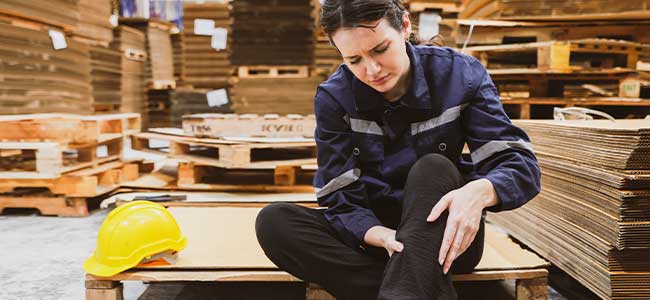
By Dan Feeney
Proper footwear fit is critical to performance and safety for women on the job. What is the research around women’s foot design and which features go into ensuring women’s safety?

By M.B. Sutherland
Implementing effective heat safety programs and protocols is crucial to protect workers from the increasing risks of summer heat hazards.
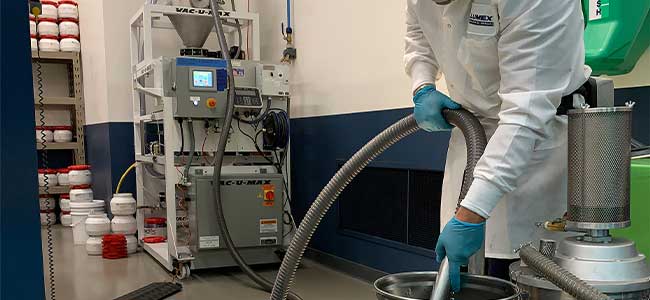
By Doan Pendleton
Common areas of increased profitability and safety when implementing a vacuum conveying system for transport of bulk dry materials.

By David Kopf, Robert Yaniz Jr.
ASSP’s annual event unites safety professionals from across the world.

By Gina Godeen
Advancements in women-specific personal protective equipment (PPE) are helping improve safety, performance, and comfort for women in industrial environments, and there are several steps employers can take to better protect women workers.
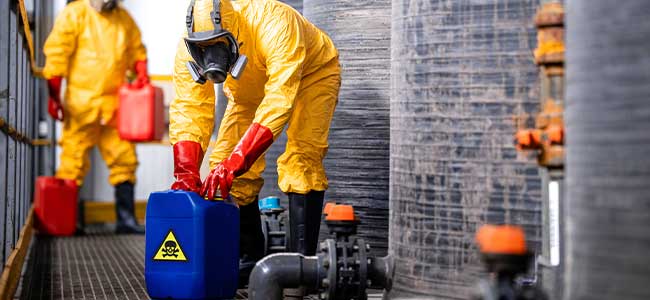
By Superior Glove Marketing Team
Understanding the importance of selecting appropriate chemical-resistant gloves via the Material Safety Data Sheet (MSDS) to ensure safety and prevent hand injuries in industrial settings.

By Herbert Post
Digital LOTO systems and procedures are driving beneficial safety enhancements. How do companies train employees in this important technological shift?

By David Kopf
Three hearing protection innovations that are helping overcome workers’ resistance for wearing PPE.

By Ryan Barnes
PPE considerations to help industrial workers mitigate the impacts of heat stress.

By Ian Durrant
CPR and defibrillation significantly improve survival rates during sudden cardiac arrest, and their integration into workplace safety protocols is crucial.

By David Kopf
Using incentives in safety training and culture is important, but an expert explains that it requires understanding which are the best incentives for your organization.
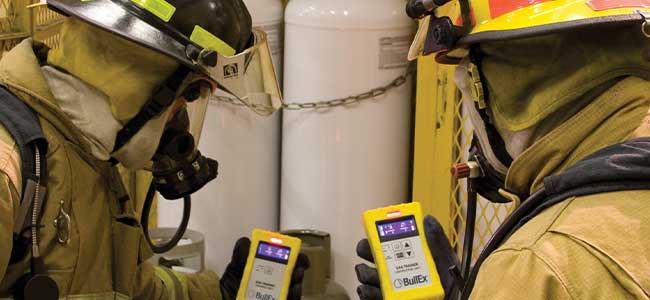
By Matthew Gardner
Effective training and stringent protocols are essential to prevent gas leaks and reduce the risk of catastrophic incidents, particularly in industrial settings.

By Zack Braun, Donald D. Elswick
The Wet Bulb Globe Temperature (WBGT) enables organizations to implement effective safety protocols and protect workers from heat-related dangers.

By Susan Silver
The prevalence and impact of head injuries in the oil and gas industry requires robust safety protocols and innovations in PPE to adequately safeguard vulnerable workers from severe risks.

By Michael Ojdana
When done correctly, a combination of new technology and traditional methods can create the perfect balance of engaging, thoughtful training that employees need.

By Jeff Gladwish
Digital emergency management systems are transforming safety drills and evacuations by providing accurate, real-time data and improving efficiency.
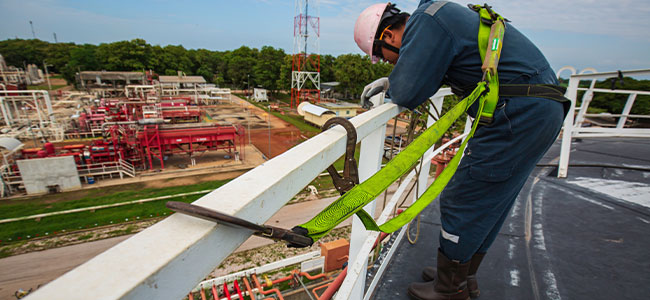
By Todd West
Satellite messaging and GPS technologies help lone workers overcome challenges of invisibility, providing transformative benefits for safety and coordination across industries.
Departments
By David Kopf
Some key elements of OSHA’s proposed rule on heat injury and illness.